Four novice hand-brewed coffee beans recommend what are the choices of individual coffee beans suitable for making hand-brewed coffee?
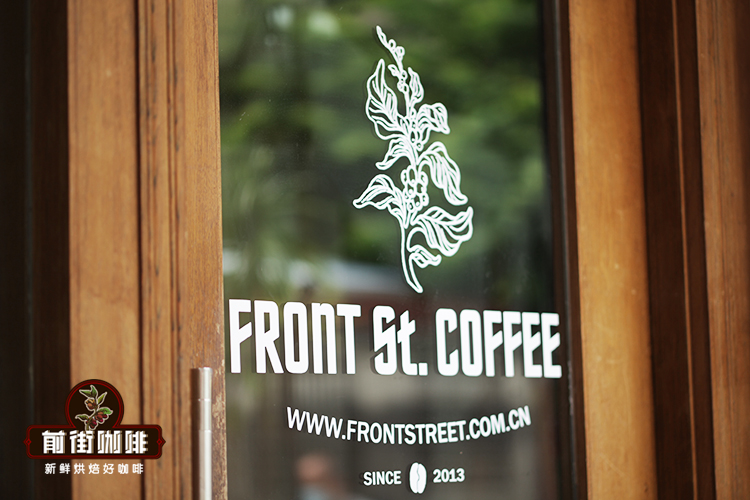
As far as I know, many new entrants have a problem:
What kind of beans should I buy for hand-brewed coffee? Which bean suits me?
This is not difficult for experienced people. But for the coffee rookies who have just come into contact with it, it is a little more complicated.
There are many kinds of coffee beans in the cafe, such as different countries, different coffee varieties, different treatments, different roasting degrees and so on.
How to choose the one that best suits your taste?
Let's move on.
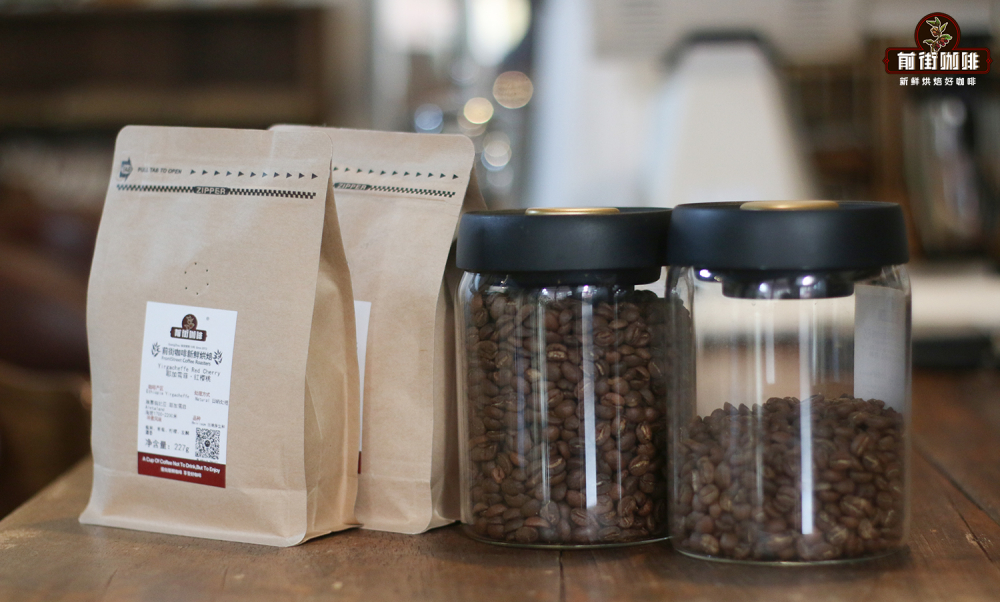
The world's three biggest drinks are cocoa, tea and coffee. Among them, coffee has been introduced into China for only more than 100 years.
But it is only at the beginning of recent years, the development of coffee in China is getting better and better, and the number of people drinking coffee is getting larger and larger. Ethiopia and Xuefei in Africa
Yejia Xuefei is familiar to many friends who have just come into contact with boutique coffee. When it comes to Yega Xuefei coffee beans, they are very familiar with Ethiopian coffee beans.
As we all know, Ethiopia is the birthplace of Arabica coffee.
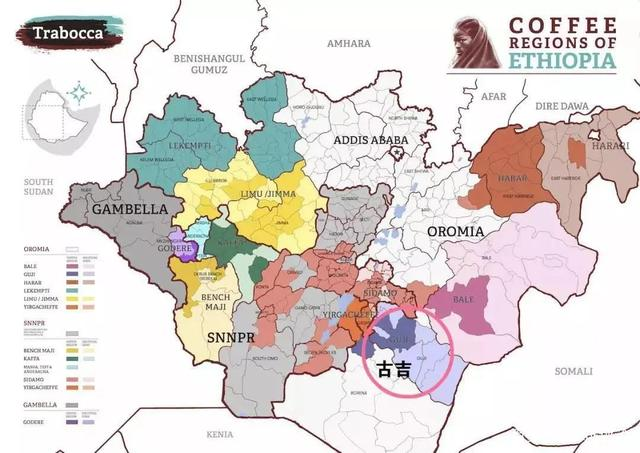
Yega Xuefei was originally a by-product area under the Sidamo region. Ethiopia is proud of the way and flavor of coffee beans produced in the town of Yejassefi, even naming beans from other producing areas in the name of Yejasuefi. As a result, Yega Xuefei was independent from the Sidamo producing area and formed its own faction.
Needless to say, Yega Chuefei coffee has rising acidity, clean taste and exquisite floral aroma.
In Han Huaizong's "boutique Coffee Science", the description of Yejia Xuefei, Qianjie is very recognized as "coffee entrance, flowers in full bloom."
Because that's what Yega Xuefei Tintin on the front street is like.
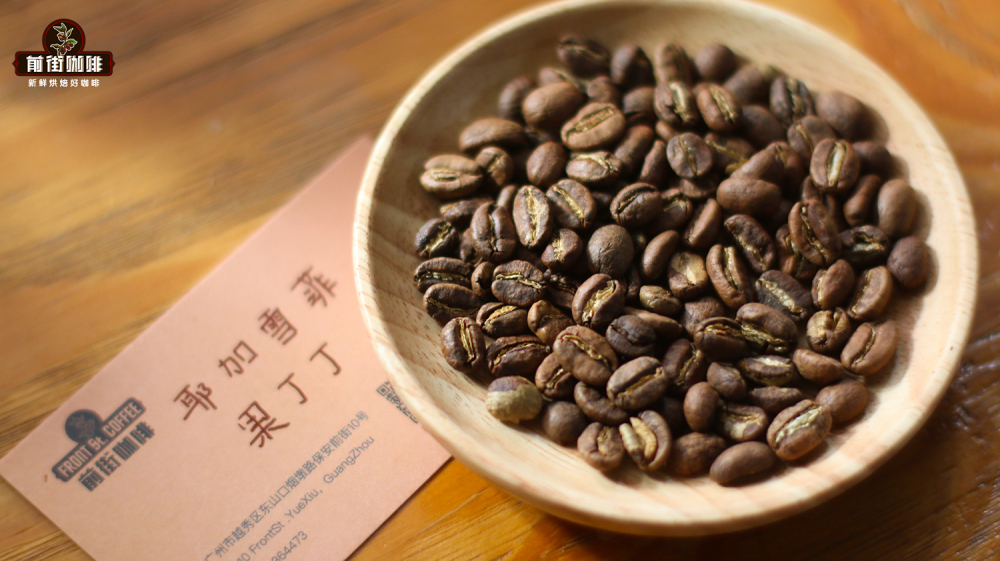
Front Street Coffee Yega Sheffield Fruit Ding Coffee
Producing area: Yega Xuefei, Ethiopia
Cooperative: Guoding Dingding Cooperative
Altitude: 2000m-2100m
Variety: native species
Treatment: washing
Flavor: citrus, black tea, flower fragrance, cream, caramel, almond
The fruit of Qianjie Coffee Ding Ding this bean, in addition to drinking Yega Xuefei's main flavor, but also can taste its tea taste; coupled with its citrus sour tone, it really has the feeling of drinking lemon tea. African Kenyan coffee Kenyan coffee is the god of many coffee gluttons and a pearl of Africa.
The varieties of Kenyan coffee were first introduced in Bourbon and Kent in India, and later introduced the Jamaican Blue Mountain Iron pickup to grow in the Elgonne Mountains. Today, the most famous coffee beans in Kenya are SL28 and SL34.
The two varieties were selected and developed from the National Agricultural Laboratory (formerly the Scott Coffee Institute) in Kenya. SL28 is resistant to drought and insect pests and is suitable for planting in middle and high altitude areas. SL34 is suitable for planting in high altitude areas with sufficient rainfall.
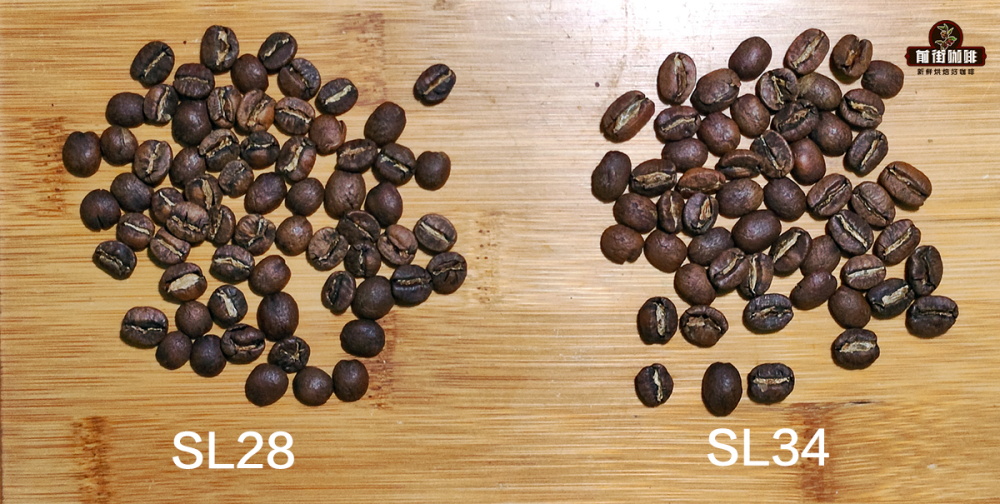
SL28 is similar to SL34 in flavor, but SL34 is richer in acid and more full-bodied.
The characteristic flavor of Kenyan coffee and the origin of the sour aroma of BlackBerry, in addition to the phosphoric acid-rich ingredients in the local soil of Kenya, there is also the most famous K72 washing treatment in Kenya. K72 washing process: harvest coffee cherry peeling fermentation, fermentation for 24 hours, rinse with water. Soak in water and ferment for 24 hours, then rinse with water, so repeat 3 times. In order to achieve 72 hours of strong fermentation.
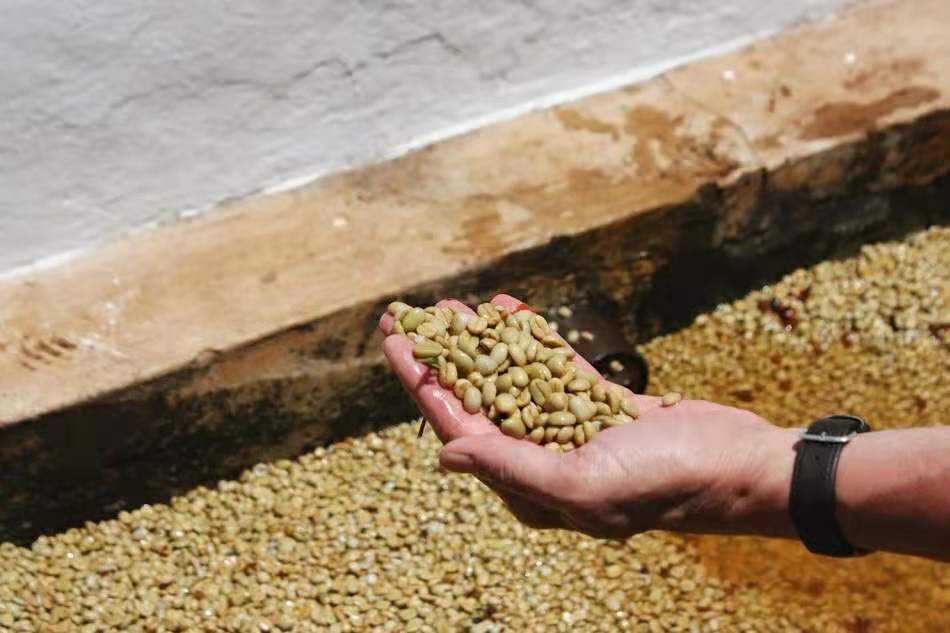
The Kenyan Asalia coffee beans on the front street are treated with K72 water, which has a brighter and cleaner flavor.
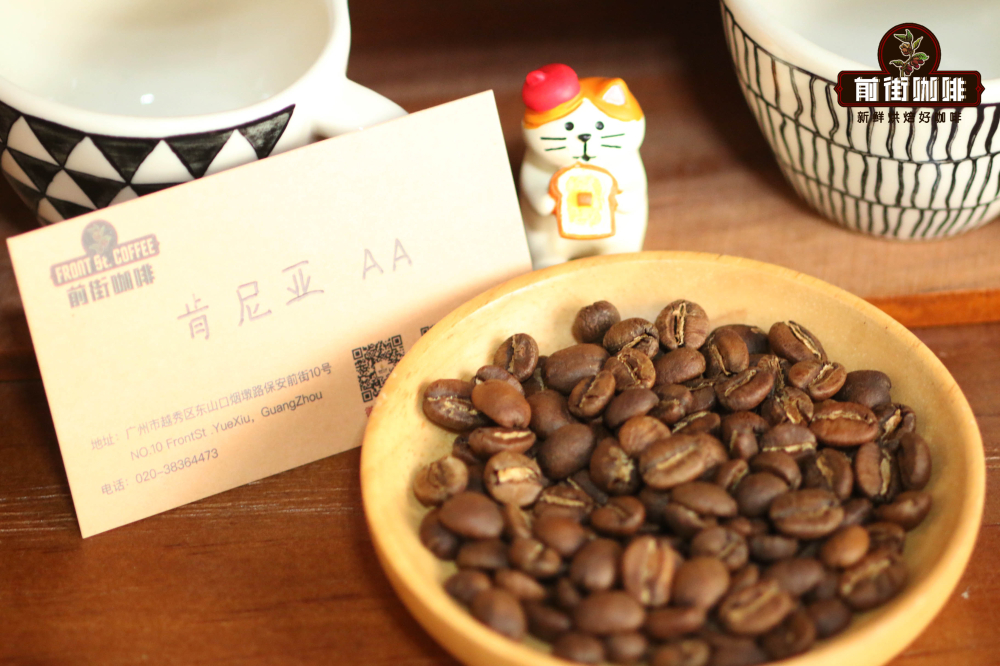
Front Street Coffee Kenya Azaria Coffee
Producing area: Sika, Kenya
Processing plant: Asali processing plant
Altitude: 1550m-1750m
Variety: SL28, SL34
Treatment method: K72 washing treatment flavor: Sydney, black plum, yellow sugar, virgin fruit, Brin
Brazil Coffee
Brazil ranks first in coffee production in the world. The cultivation of Brazilian coffee began more than 300 years ago.
In the 1820s, a Portuguese captain of Brazil used a beautiful man to win the heart of the wife of the Governor of Cayenne in French Guinea and successfully brought coffee seeds to Brazil.
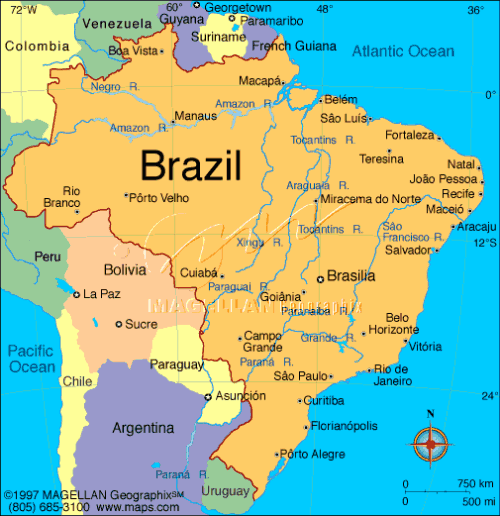
Due to the low altitude of planting in Brazil, between 400m and 1600 m, and the use of sun-exposed planting of coffee in Brazil, coffee cherries absorb enough calories to mature as soon as possible, resulting in low density and soft beans of Brazilian coffee beans. A soft bean flavor. It is in sharp contrast to the flavor of coffee beans in Africa. Brazilian coffee bean flavor: low sour, nutty, chocolate sweet and mellow, but slightly woody and earthy, floral and orange fragrance is not obvious.
Baristas on Qianjie often recommend Brazil to friends who don't like sour, just because Brazilian coffee is light and not easy to drink the domineering sour and orange aromas of African beans.
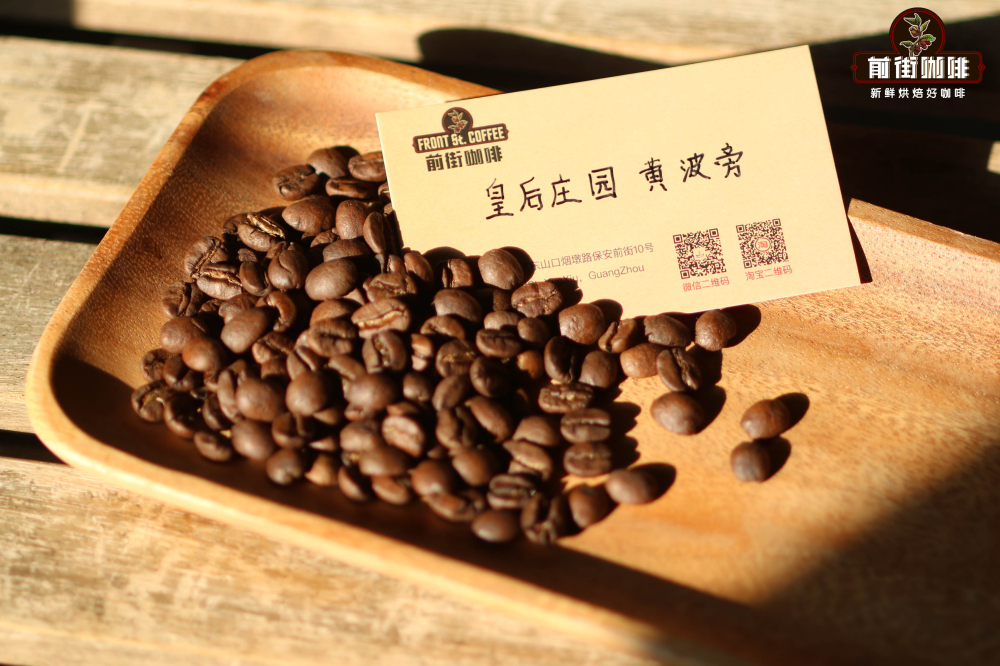
Front Street Coffee Brazilian Queen Manor Coffee
Producing area: Mojiana producing area, Brazil
Manor: Queen's Manor
Altitude: 1400m-1950m
Variety: yellow bourbon
Treatment: sun flavor: nuts, creamy peanuts, sugar, fermented fruits
Indonesia
Indonesian coffee is familiar to many novice coffees. Among them, Kopi Luwak in Indonesia is famous for its scarce quantity and high price.
Manning is the most accessible Indonesian coffee to the public.
Mantenin coffee is mainly produced in Sumatra, Indonesia. Mantenin coffee in Indonesia has a mellow and strong flavor and distinct personality. This unique flavor is related to the treatment of local coffee beans, because Indonesia is located in Southeast Asia, Rain Water is abundant all the year round, and the sunshine time is shorter than that of Ethiopia and Brazil, so it is easy to produce fermented beans or moldy beans by sun treatment; in addition, due to the limited local economic conditions, washing treatment needs to waste a lot of water. Therefore, Indonesia Manning mostly uses the semi-washing method with local characteristics, that is, the wet planing method.
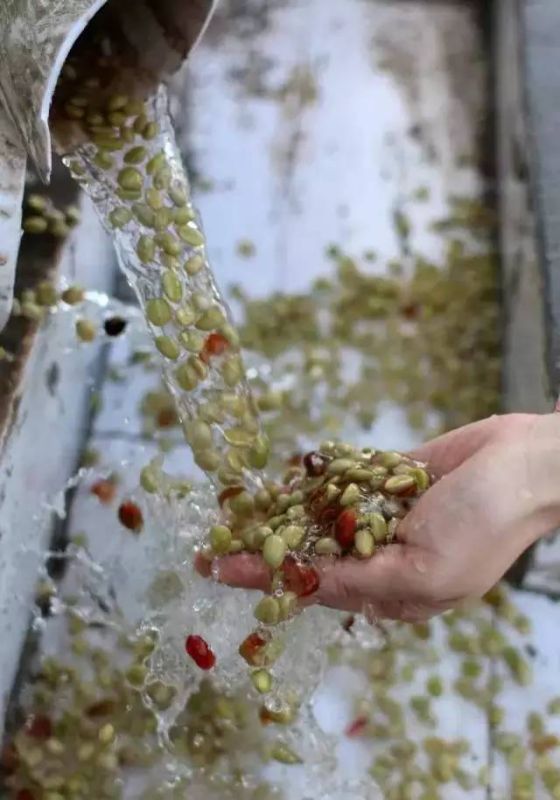
Wet planing, also known as Wet Hulling wet planing: coffee cherries are peeled and beaten and soaked in water for 1-2 hours and rubbed against each other to remove part of the pectin and dry for the first time.
At this time, the moisture content of coffee beans dropped to between 20% and 35%. Coffee beans with unsolidified pectin layer are collected and sent to the processing plant for second drying.
This step will reduce the moisture content of coffee beans to about 18%. After the second drying, the sheep skin was removed and dried for the last time until the moisture content was 11%.
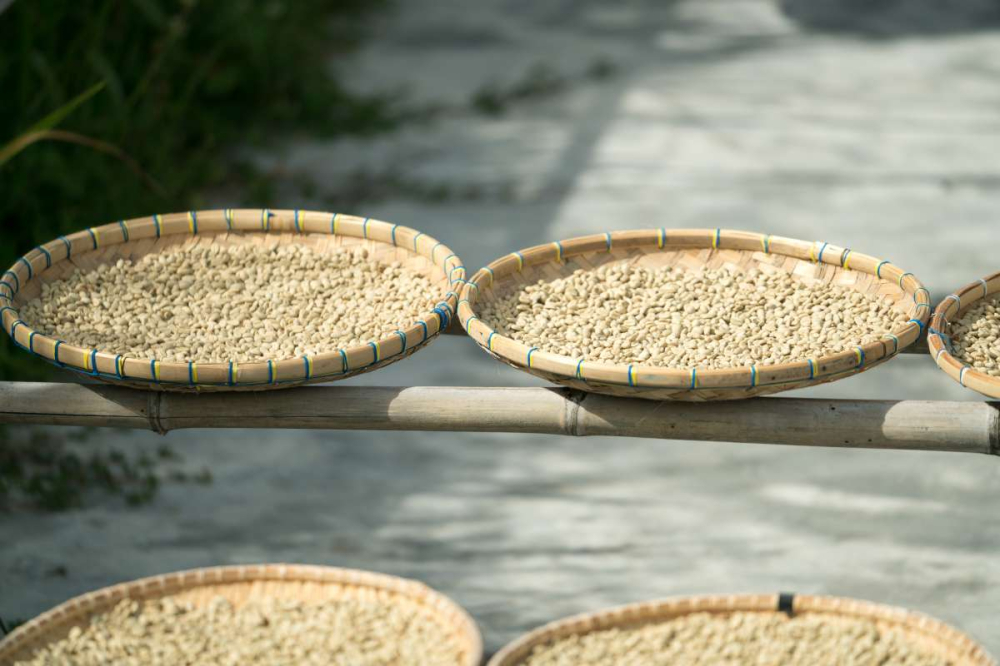
Teacher Han Huaizong once described the flavor characteristics of wet planing coffee beans in his book: this is also a rare treatment in the world, accidentally creating Mantenin's special low-acid, thick and smelly flavor.
Qianjie has tested different wet planing Indonesian coffee beans over the years, the coffee has low acidity, thick taste, herbal spices and other unique flavor, but the disadvantage is that the quality is relatively unstable. Of course, the quality instability can not be completely caused by wet planing, in most cases, it may be caused by the relatively poor quality of some raw coffee beans.
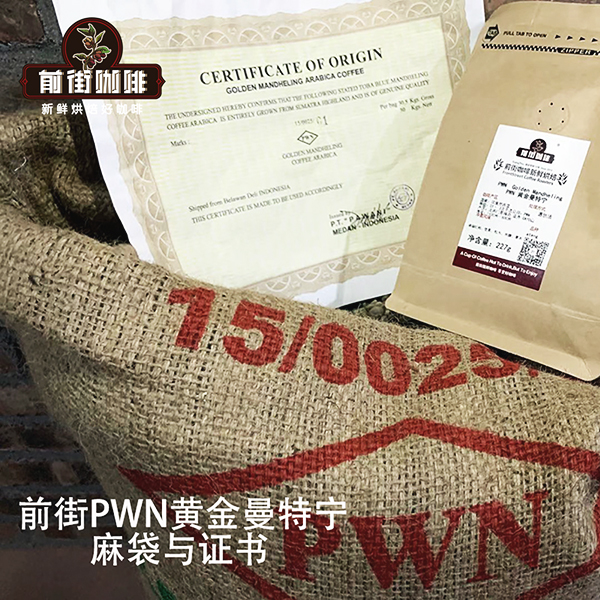
Front Street Coffee PWN Gold Manning
Producing area: Aceh Gayo Mountain, North Sumatra, Indonesia
Altitude: 1100m-1600m
Variety: Ateng
Treatment method: wet planing method
Flavor: spices, nuts, pine, caramel, herbs, chocolate
Panamanian coffee
Nowadays, Rosa coffee is notoriously expensive. The reason why Rosa is famous is also because of the jade estate in Panama.
The Emerald Manor is both the discoverer and the promoter of Rose Summer.
Rose summer seed entered Panama in the 1960s, but after more than 40 years of keeping a low profile, it finally won the first place in BOP in 2004 and became the supreme treasure in the eyes of many boutique coffee lovers.
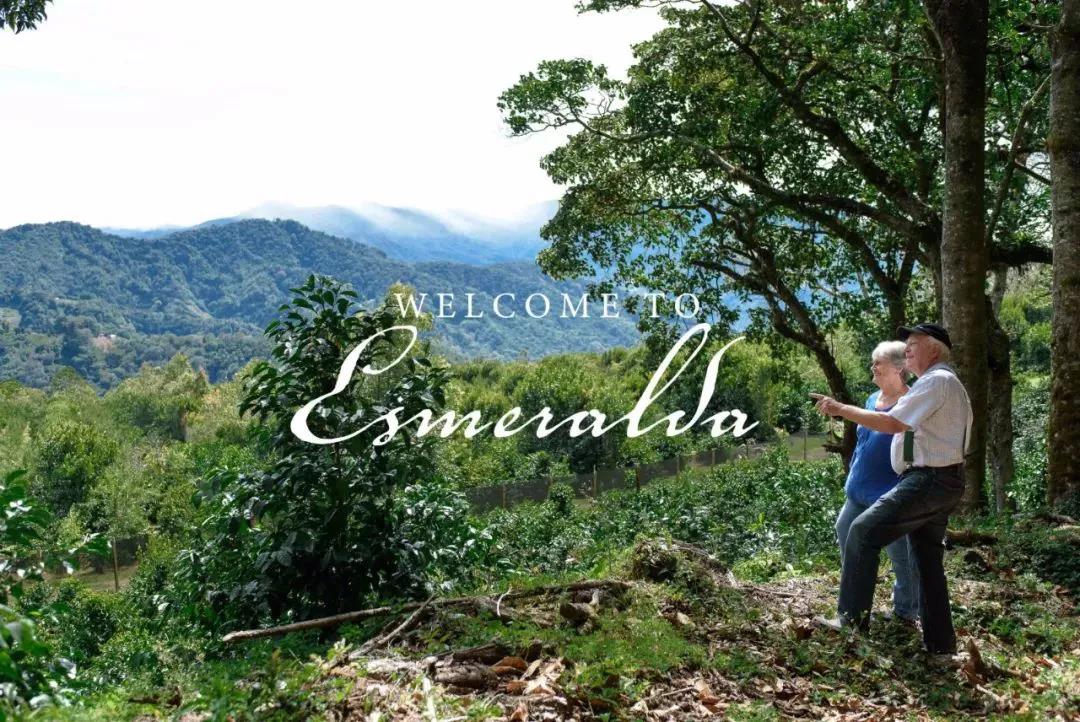
The delicate and elegant flavor of Rosa Variety comes from the specific planting environment. Rose summer varieties are very picky about the growing environment: high altitude, shade cultivation, fertile land.
It is these factors that make the early Rose Summer Coffee with obvious floral aroma, delicate and elegant fruit acid. And such elegant flavor is also one of the reasons why it is so popular all over the world. Panamanian Jade Manor Rose Summer Coffee is often available on the coffee bean list in front of the street.
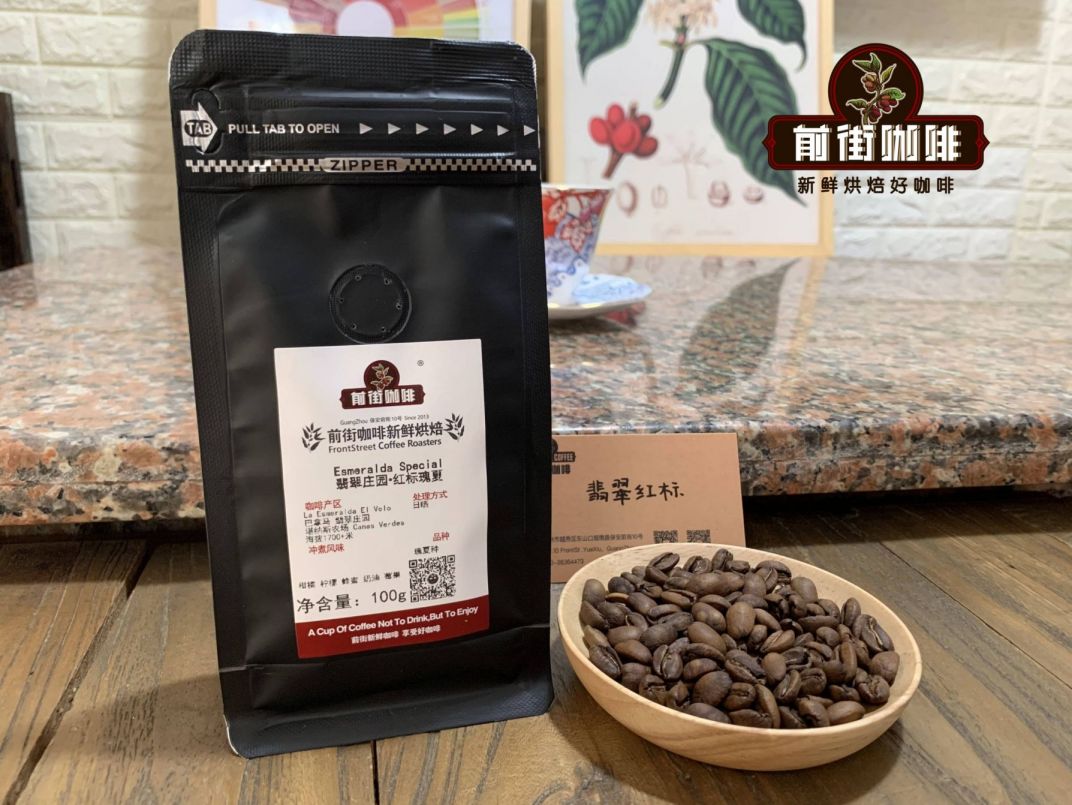
Qianjie Coffee Panamanian Jade Manor Red Standard Rose Summer
Producing area: Pokuit, Panama
Manor: Jade Manor
Altitude: 1700 km
Variety: rose summer seed
Treatment: insolation
Flavor: citrus, jasmine, honey, berries
Yunnan coffee, China
In China, the history of tea is more than a thousand years longer than that of coffee, and the circulation history of coffee in China can be traced back to 1870.
The history of coffee cultivation in Yunnan, China is controversial, one is 1902, one is 1892, and the other is 1904.
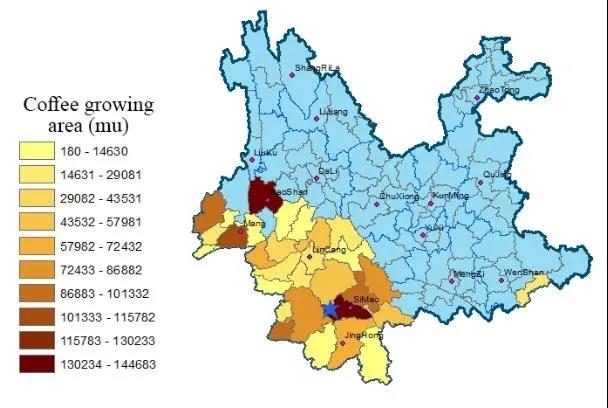
The coffee varieties in Yunnan were iron pickups at first, but with the opening-up policy, international brands such as Starbucks and Nestl é entered Yunnan.
Popularize and plant Katim varieties with strong disease resistance, high yield but poor flavor.
Over time, Yunnan small-grain coffee, from the previous tin card species, evolved into today's Katim species. The coffee growing areas in Yunnan are mainly distributed in the southwest of Yunnan Province: Lincang, Baoshan, Pu'er and Dehong. Lincang is bordered by Pu'er to the east, Dali to the north, Baoshan to the west, and Myanmar to the southwest. The annual average temperature in Lincang City is between 16.8 and 17.2 ℃. The dry and humid seasons are obvious and the sunshine is abundant. In 2013, Qianjie started growing coffee in Lincang, Yunnan Province. Unlike most of the varieties grown in Yunnan, Qianjie is planted with Tieka, an ancient excellent variety of Yunnan.
In 2021, Qianjie Coffee launched its first home-grown coffee bean.
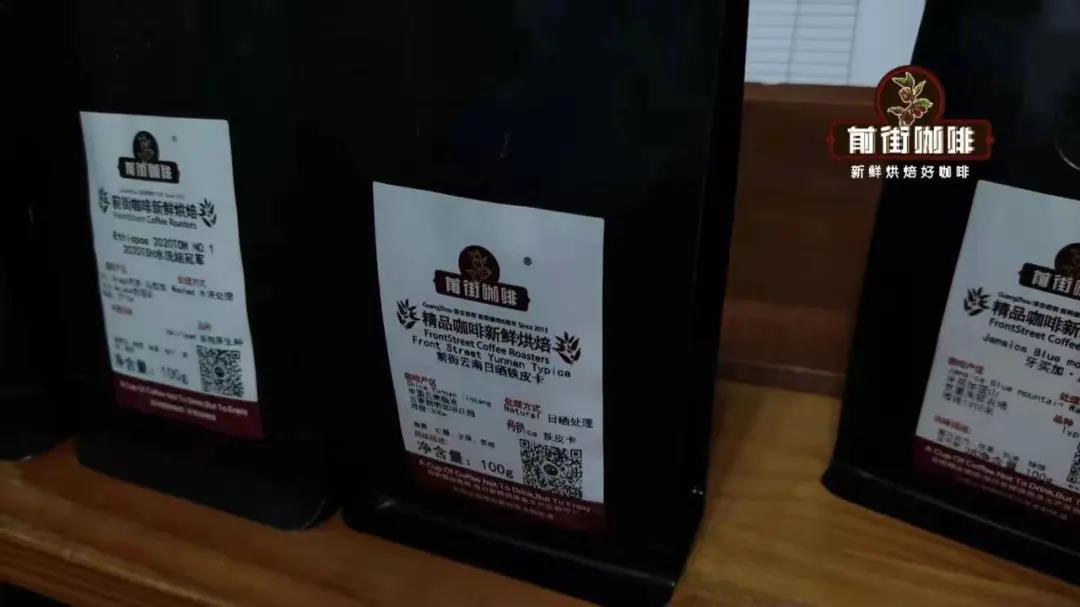
Qianjie 2013 coffee beans
Producing area: Lincang, Yunnan, China
Manor: Yunnan Qianjie Coffee Manor
Altitude: 1300m
Variety: iron pickup
Treatment method: sun treatment
Flavor: berries, brown sugar, nuts, tea
Qianjie has always believed that hand-brewed coffee often looks easy to operate, but even if it is the same person, the coffee brewed out each time is not exactly the same taste.
There are many details that are very important to make a good cup of hand-brewed coffee.
| | Water quality |
Up to 98.5% of a cup of hand-brewed coffee is water. in order to make a good cup of hand-brewed coffee, the first step is to manage the water quality.
In our daily hand-brewed coffee, we try not to use tap water directly. Instead, we recommend using water purified by filter or mineral water with appropriate mineral content.
The temperature of the water is also very important. According to the characteristics of different coffee beans, the water temperature is generally 85-93 ℃.
| Grinding degree
Grinding coffee beans into coffee powder is the first step and a key step in hand-brewing coffee. If the grinding is too fine or too thick, it will directly affect the cooked flavor and taste.
The importance of grinding degree lies in that it affects the concentration and extraction rate of coffee, and the obvious change in taste is the change of alcohol thickness.
Under the same conditions (the same ratio of powder to water, the same water temperature, the same way of water injection, the same brewing time), the coffee finely ground has high concentration, high extraction rate and high alcohol thickness.
The coarse ground coffee has low concentration, low extraction rate and low alcohol thickness.
The recommended hand grinding on Qianjie is a thickness of 70-80% through the No. 20 screen.
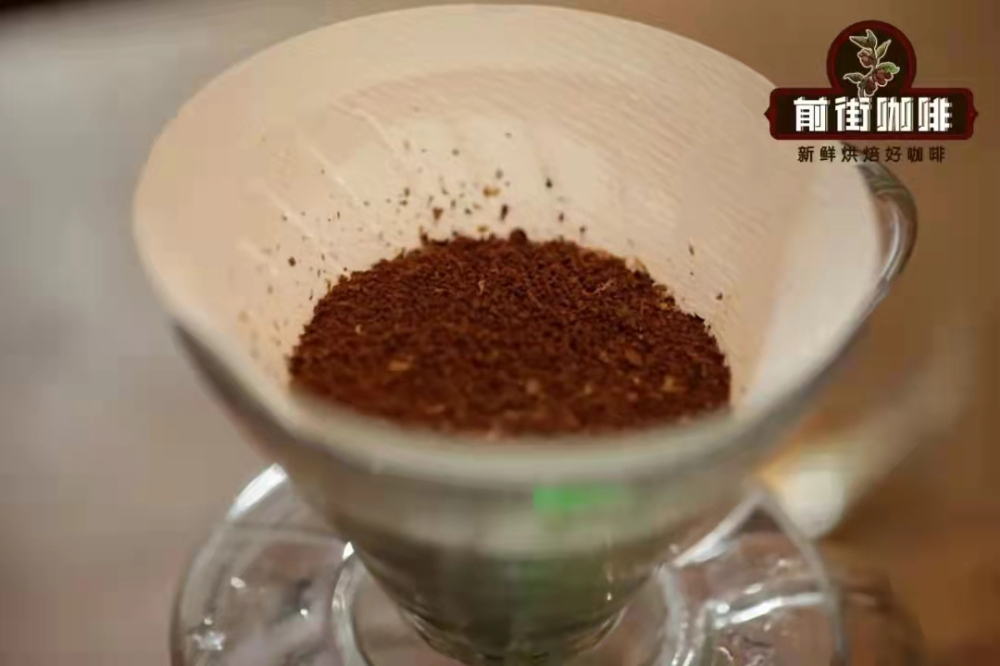
| | ratio of powder to water |
Powder is also a key factor in hand-brewed coffee. Different ratio of powder to water will greatly affect the flavor performance of coffee.
In the process of hand-brewing coffee, aromatic substances and acidity are extracted first, followed by sweet and caramelized substances, and finally bitter and astringent tastes. So we can show the best flavor of coffee by controlling the ratio of powder to water.
Qianjie recommends a powder-to-water ratio of hand-brewed coffee between 1:15 and 1:16.
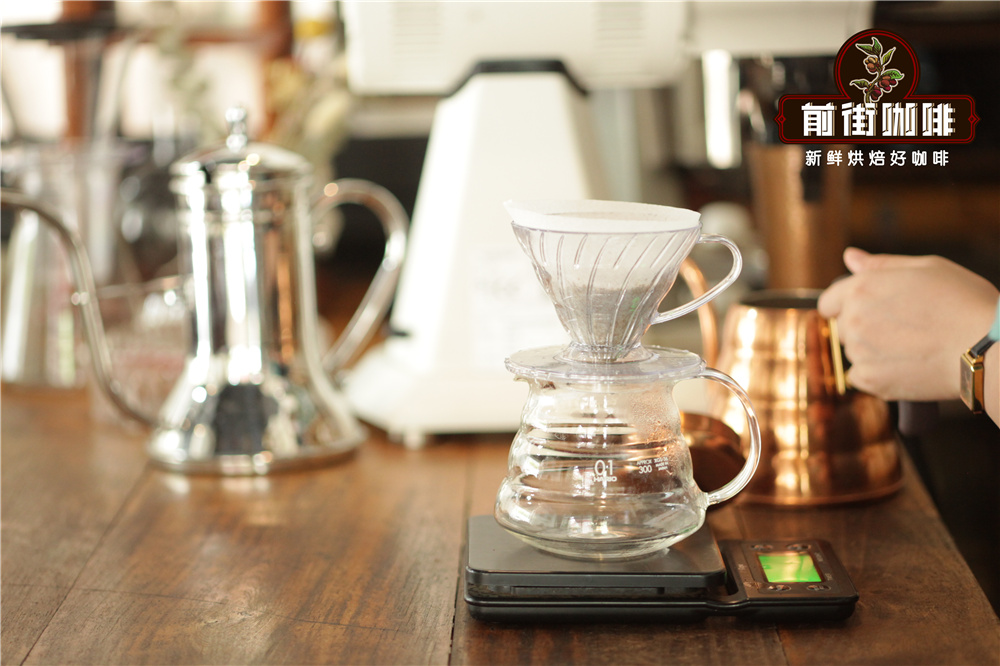
| | filter cup |
It's important to find a filter cup that suits you. The traditional trapezoidal filter cup has a small opening and the flow rate is relatively slow, so the taste of hand-brewed coffee will be thicker, but the disadvantage is that the flow rate may be too slow, resulting in stagnant water easy to have bitter taste. The tapered filter cup has a large hole, the flow rate is faster, but the taste may be lighter. The wavy filter cup is because it has a flat bottom and is equipped with wave filter paper to guide the water down through the grooves on the filter paper. The water flow is the smoothest and the taste of the hand-brewed coffee is the most uniform.
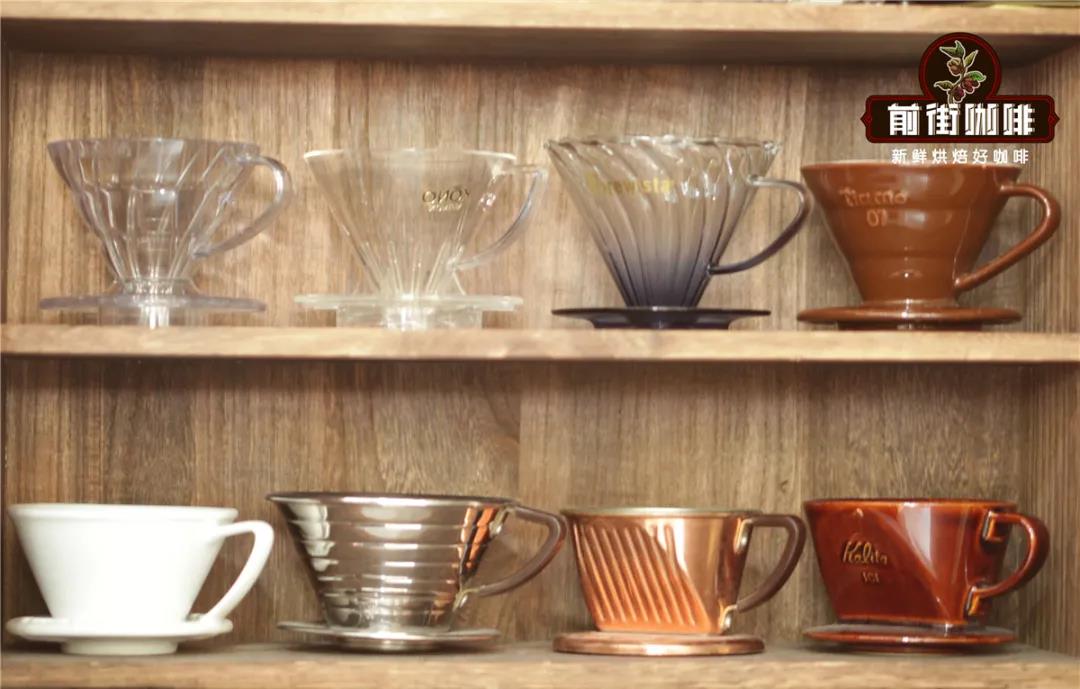
Through many brewing experiments and repeated tests in Qianjie, it is found that different filter cups have obvious differences in expressing coffee flavor, sour sweetness, alcohol thickness cleanliness and so on.
If you are shallow-baked coffee beans, the front street is recommended to use V60 filter cup, if it is deep-baked coffee beans, the front street is recommended to use Kono filter cup.
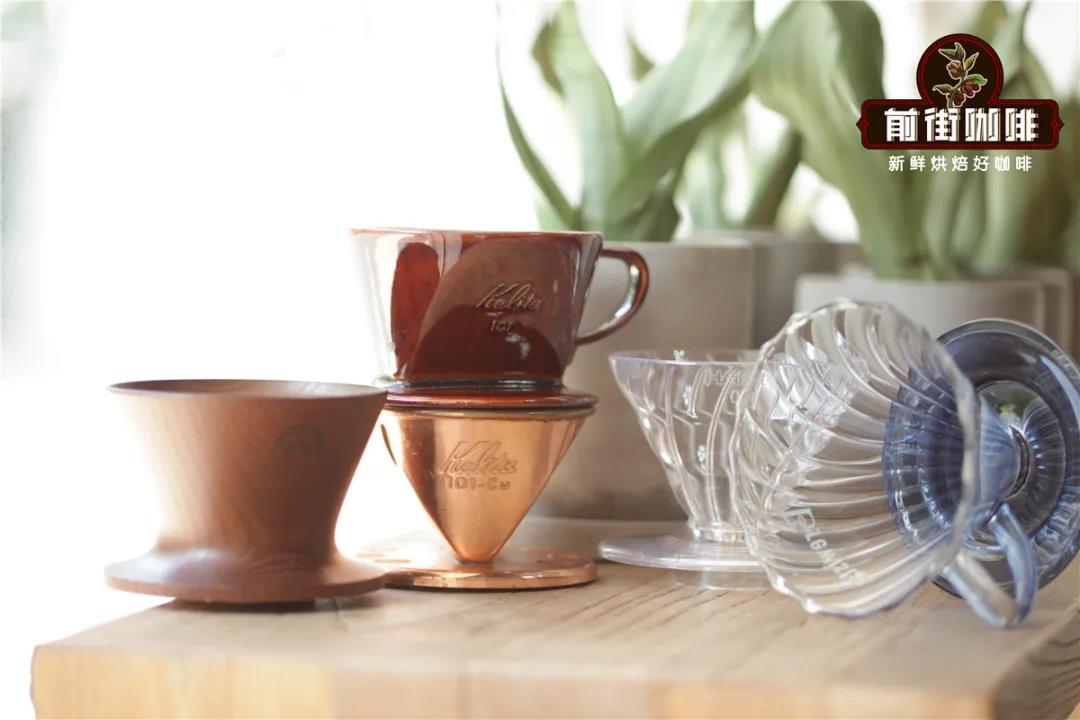
All coffee beans can be used for hand brewing? Yes, of course.
It is recommended to use different parameters for brewing different coffee beans. Only by constantly trying can you make the coffee that best suits your personal taste.
Qianjie believes that it is important to build your own flavor memory bank. Secondly, drink the most coffee and experience the most taste as much as you can.
In addition, we have to constantly collect different coffee bean information, take the brain to drink, drink and compare.
Professional coffee knowledge exchange more coffee bean information please follow the coffee workshop (Wechat official account cafe_style)
For more boutique coffee beans, please add private Qianjie coffee on Wechat. WeChat account: kaixinguoguo0925
Important Notice :
前街咖啡 FrontStreet Coffee has moved to new addredd:
FrontStreet Coffee Address: 315,Donghua East Road,GuangZhou
Tel:020 38364473
- Prev

There is a big difference in taste between white coffee and black coffee. What's the difference between black coffee and white coffee?
Professional coffee knowledge exchange more coffee bean information please follow the coffee workshop (Wechat official account cafe_style) regardless of black and white coffee, what can be refreshing is good coffee? No, no, don't mess up Grandpa Deng's famous saying. Black coffee is black coffee and white coffee is white coffee.
- Next
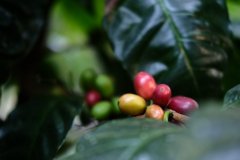
Introduction to the types of hand-brewed coffee beans. What's so special about the coffee varieties suitable for hand-brewing coffee?
Professional coffee knowledge exchange more coffee bean information Please follow the coffee workshop (Wechat official account cafe_style) hand-brewed coffee, as the hottest and latest way of brewing coffee, has always been loved by card lovers, but if you want to make coffee at home, which kind of coffee beans should you choose? Are there any special requirements for varieties of coffee beans suitable for hand-brewed coffee? Below
Related
- Beginners will see the "Coffee pull flower" guide!
- What is the difference between ice blog purified milk and ordinary milk coffee?
- Why is the Philippines the largest producer of crops in Liberia?
- For coffee extraction, should the fine powder be retained?
- How does extracted espresso fill pressed powder? How much strength does it take to press the powder?
- How to make jasmine cold extract coffee? Is the jasmine + latte good?
- Will this little toy really make the coffee taste better? How does Lily Drip affect coffee extraction?
- Will the action of slapping the filter cup also affect coffee extraction?
- What's the difference between powder-to-water ratio and powder-to-liquid ratio?
- What is the Ethiopian local species? What does it have to do with Heirloom native species?

